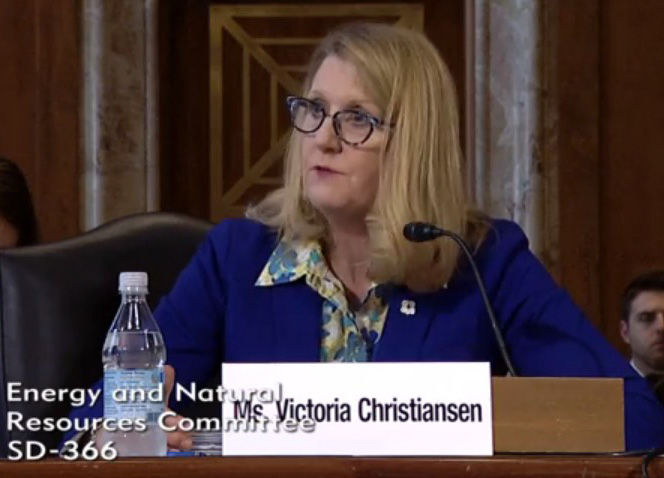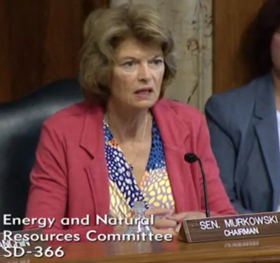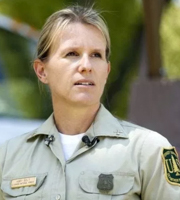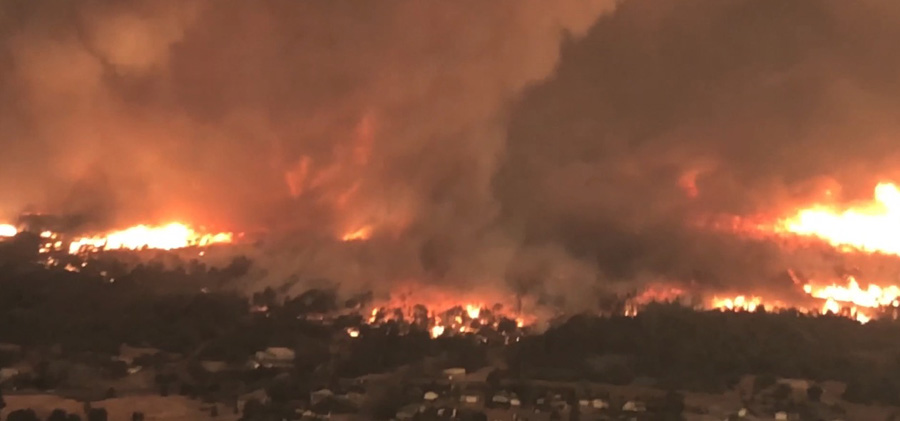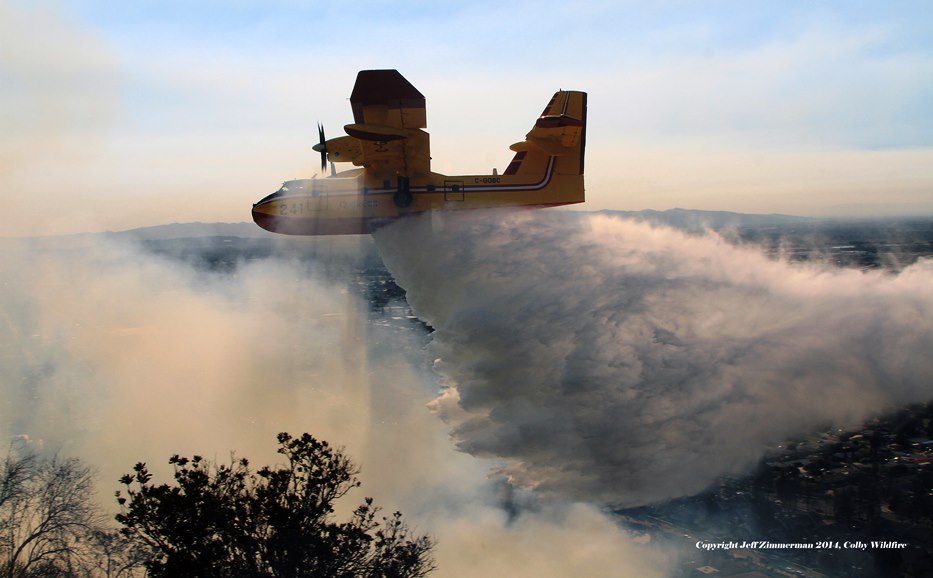
In addition to grilling the Chief of the Forest Service about hostile workplaces, several other issues were covered in a hearing Tuesday before the Senate Energy and Natural Resources Committee.
A video recording of the hearing is available at the Committee’s website. It begins at 19:48.
At 56:30 in the video Washington Senator Maria Cantwell asked Forest Service Chief Vicki Christiansen about the $545 million that was appropriated for fuel management in the recent omnibus legislation but was not mentioned in the administration’s proposed budget for FY 2020 which begins October 1. The Senator asked for assurances that the funds would still be available and would be used for that purpose. The Chief would not commit to the funds still being available, saying, “We will use whatever resources are given to the agency”.
The Chief reminded the Senator that the White House directed the Forest Service to cut its overall budget by five percent.
Senator Cantwell also mentioned very briefly at 59:00 in the video the availability of CL-415 water scooping air tankers but the issue was not discussed. The Forest Service, even though funds are available and a vendor offered the aircraft at a greatly reduced rate this year in a meeting with Chief Christiansen and Fire Director Shawna Legarza (according to our sources), the agency does not plan to have any scoopers on exclusive use contracts for the second year in a row. Historically the FS does not hold scoopers in high esteem even though they are used extensively in Canada and Europe. The 2012 Rand Study, which the agency attempted to keep secret (and did so successfully for two years), recommended a heavy emphasis on water-scooping air tankers and fewer conventional air tankers, which would have been a monumental shift in the paradigm.
Senator Murkowski said (at 1:39:30 in the video) that during a hearing a year ago the committee was told that results from the Aerial Firefighting Use and Effectiveness (AFUE) study would be released “soon”. The study, launched in 2012, is supposed to quantify the effectiveness of the various types of fixed and rotor wing aircraft when they are used on wildfires, in order to better justify the hundreds of millions of dollars spent by the Forest Service on firefighting aircraft. In FY 2017 for example, the most recent year with exact numbers available, the agency spent over half a billion dollars on fire aviation; $507,000,000. If ever completed and the results implemented, the study could make it possible to answer the question: “What are the best mixes of aircraft to do any fire suppression job?” Data collected from this study and other sources would be used to inform decisions about the composition of the interagency wildland firefighting aircraft fleet — to use the best, most efficient tools for the job.
However, to date no detailed reports have been released from the AFUE.
The Senator asked about the results of the study, now entering its eighth year. The data is being collected by four “observation modules,” each comprised of three qualified firefighters and a dedicated aircraft, to collect ground and aerial data at wildfires throughout the nation during fire season. In addition to the 12 firefighters, 3 analysts/managers evaluate the data. Christine Schuldheisz, a spokesperson for the USFS, has said the annual cost of the project is approximately $1,300,000.
Chief Christiansen, referring to the lack of any detailed results being released, said, “I absolutely share your concern and your question….. I am low on patience as well, Senator. This is a complex and labor intensive endeavor.”
Senator Murkowski: “But should it really require seven years to get a report like this?”
Chief Christiansen: “To have enough, when you have to take these assessment teams and have to be on the fire scene and to get enough data to get what the trend line is, it does take some time.”
The Chief then referred to a very small amount of preliminary data that was released in a two-page document in March which in a vague manner referred to the probability of success of direct vs. indirect attack by aircraft. This was was reported by Fire Aviation April 8, 2019.
Senator Murkowski asked the Chief to have more details from the AFUE study when the Committee holds their annual fire outlook hearing in about a month.
Since after seven years the Forest Service has not released any significant data about the study, a person has to wonder what have they found that is so embarrassing, controversial, or perhaps critical of specific models of aircraft, retardant products, or vendors?
Some people think the Forest Service will never release the full results of the AFUE study.
The Committee might have to subpoena the data.
Later in the hearing (at 1:43:30) Colorado Senator Sen. Cory Gardner referred to the study, saying in his rapid-fire speaking style: “There is a technical term I want to use to describe the length of time it is taking to get that study done, and it is Bunk! I’m sorry, it’s just a bunch of Bunk that it has taken seven years to get this done. We fought a world war in four years, we built the Pentagon in 16 months, we can’t do a study in 2 years, 1 year, 3 years, 4 years, maybe 5 years? It has taken seven years to do this? In the meantime we have western states that have had significant and catastrophic fires. I understand it’s important to get the information right. But doggonnit, someone needs to get a fire lit underneath them to get something done on this study.”
New Mexico Senator Martin Heinrich expressed concern that the Administration intends for both the Collaborative Forest Landscape Restoration Program (part of the Forest Service) and the Land and Water Conservation Fund (under the Department of the Interior) to be unfunded beginning in October. Again, the Chief mentioned that the White House directed the Forest Service to cut its overall budget by five percent.
Referring to the fact that the “fire fix” has reduced the necessity for the Forest Service to borrow funds from unrelated accounts to pay for fire suppression, Senator Heinrich said, “We’re giving you the tools, you’re not using the tools we are giving you.”

